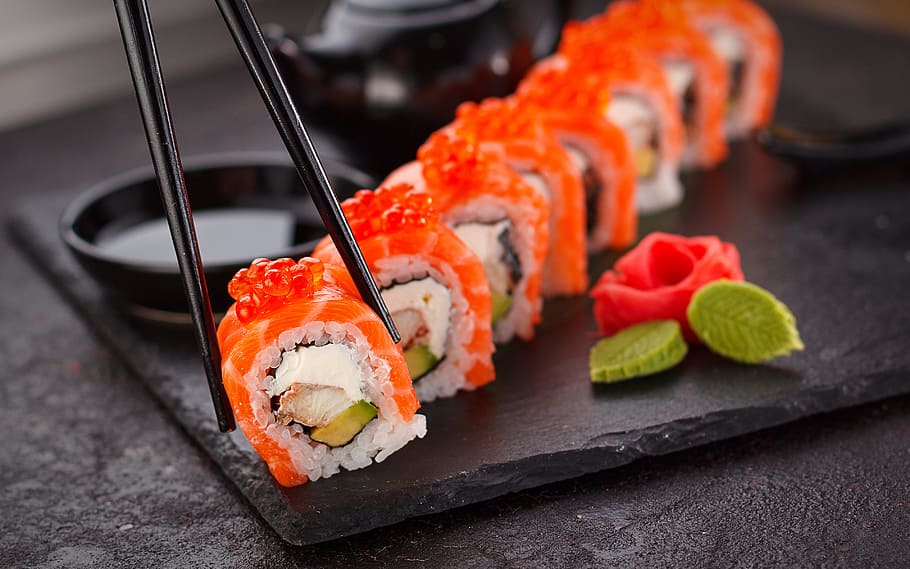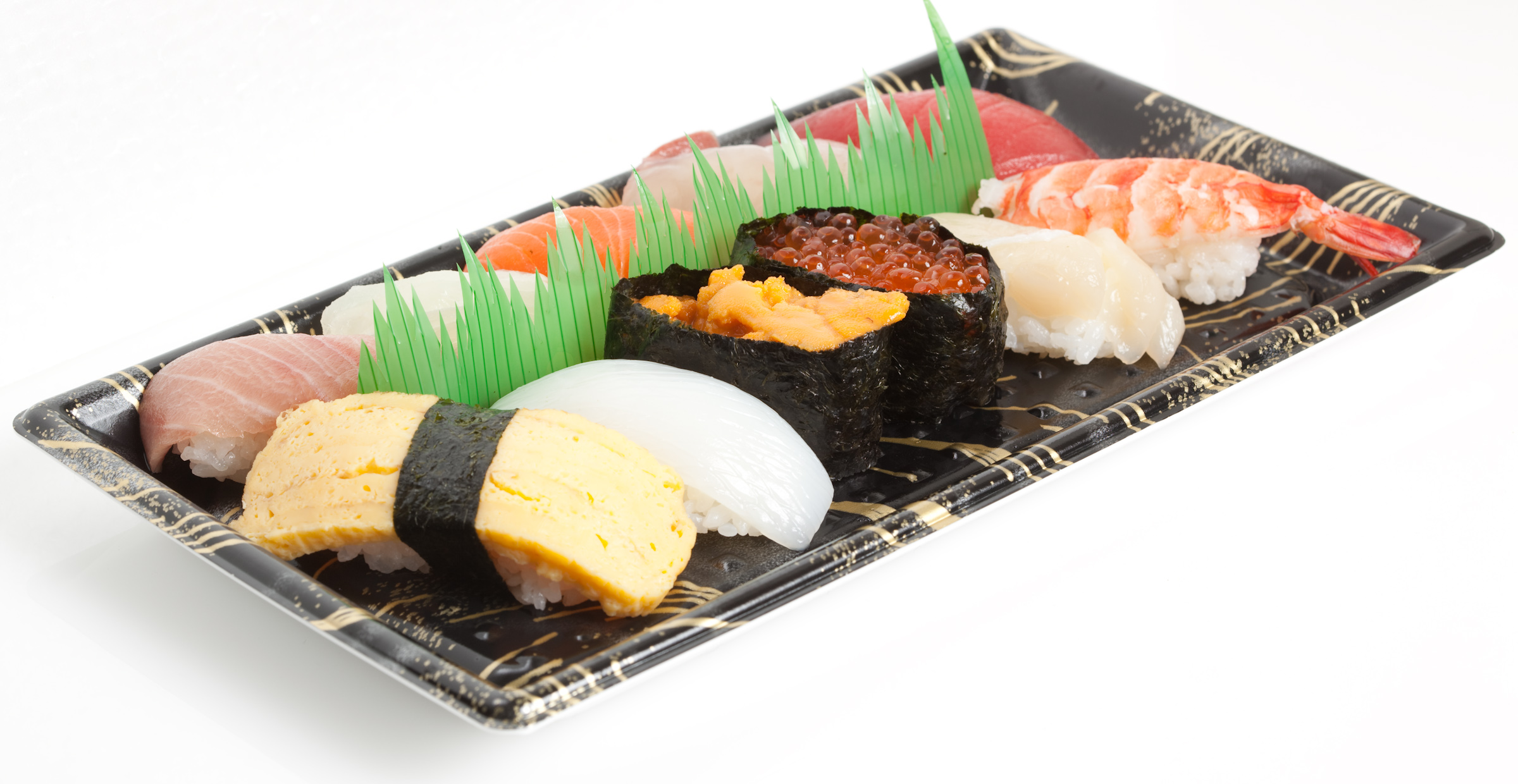
It is vital to first grasp the history of traditional sushi before attempting to shape its future. One difference between how sushi is served in Japan and America becomes almost painfully clear after a few moments of observation. The noru (seaweed) wrapped around the rice around the fish is eaten in Japan with the maki (roll).
East vs. West is a battle between the two sides of the Atlantic Ocean.
Japanese sushi, purists may argue, should be treated similarly to French champagne or Kentucky bourbon. Sushi should only be classified as such if it is prepared in Japanes e restaurants by chefs who have spent years studying the craft.
e restaurants by chefs who have spent years studying the craft.
While there are differences in preparation approaches and training in Japan and elsewhere, we believe the ultimate result is the most important factor. Chefs with traditional expertise haven’t stopped him from inventing new ways to make delectable sushi.
Please sit down.
In Japan, the term “sushi bar” means something quite different than it does in the United States. It has a local bar feel to it in Japan. The cooks make jokes with regulars and give up ever-larger portions of fish in a progression, along with a few thoughtful suggestions for where to go next.